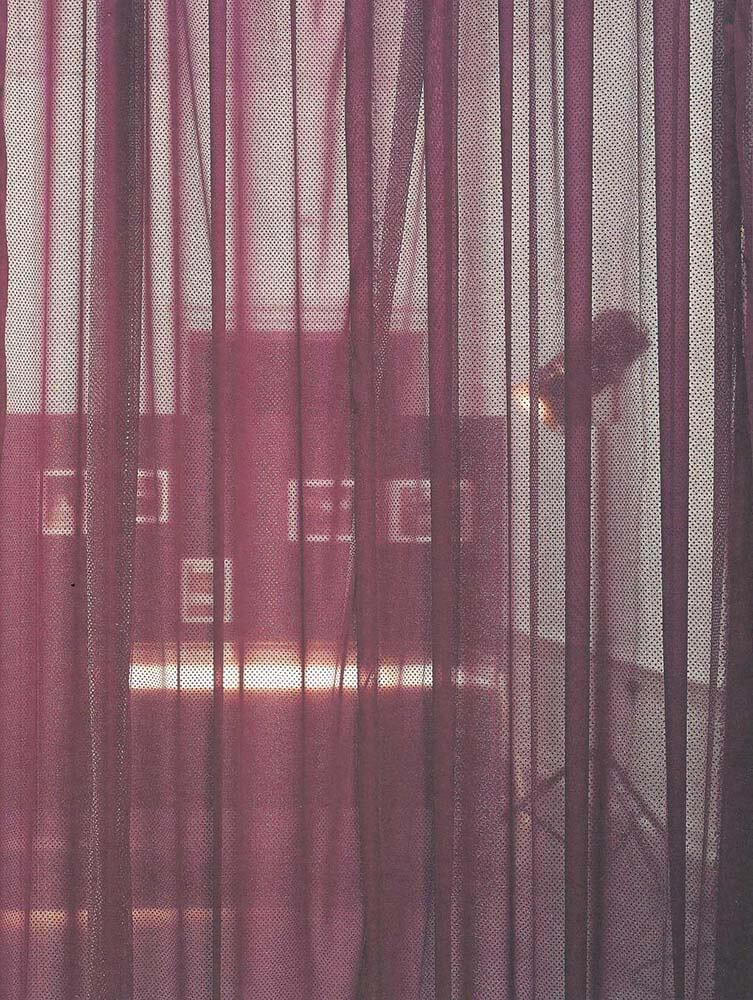
Eine Pinot Grigio, Bitte
A drama in three acts on the main theme of zombies: the most recent novel by the artists' collective.
Eine Pinot Grigio, Bitte is a screenplay that cannot be a film; it is a film that can only be on paper. If the property of a film producer, Bernadette Corporation claims Eine Pinot Grigio, Bitte would be left derelict, abandoned to vagabonds and squatters. It is intended as a narrative of messy revenge, ruined by the screenplay form. With Eine Pinot Grigio, Bitte, Bernadette Corporation asks: How many amateur screenplay writers are there in existence compared to how many amateur novelists? What is the difference between a zombie and an insane cannibal?
Bernadette Corporation is an anonymous artists' group with changing members. From 1995 to 1997, it worked under the guise of an underground fashion label. In 1999 it self-published a magazine, Made in USA, and began producing videos, most notably Get Rid of Yourself (2003). In 2005 Bernadette Corporation authored the much-acclaimed collective novel Reena Spaulings, published by Semiotext(e) and hailed as "[a] sprawling work of crypto-impressionistic fiction that purposefully elides individual authorship for a sort of rarefied mechanical groupthink."
Language: English







